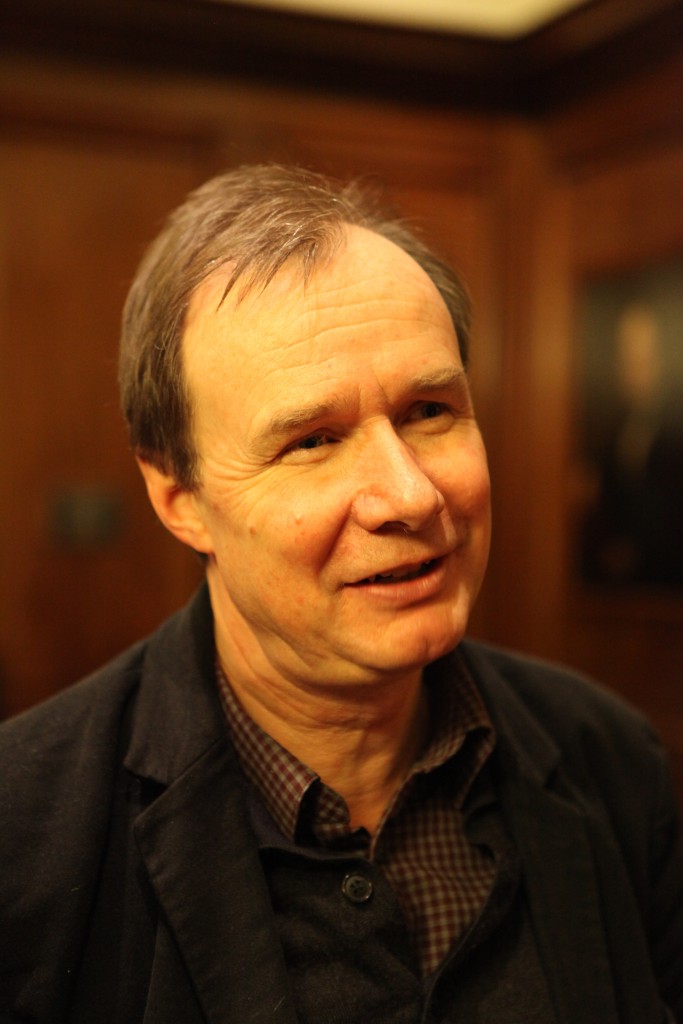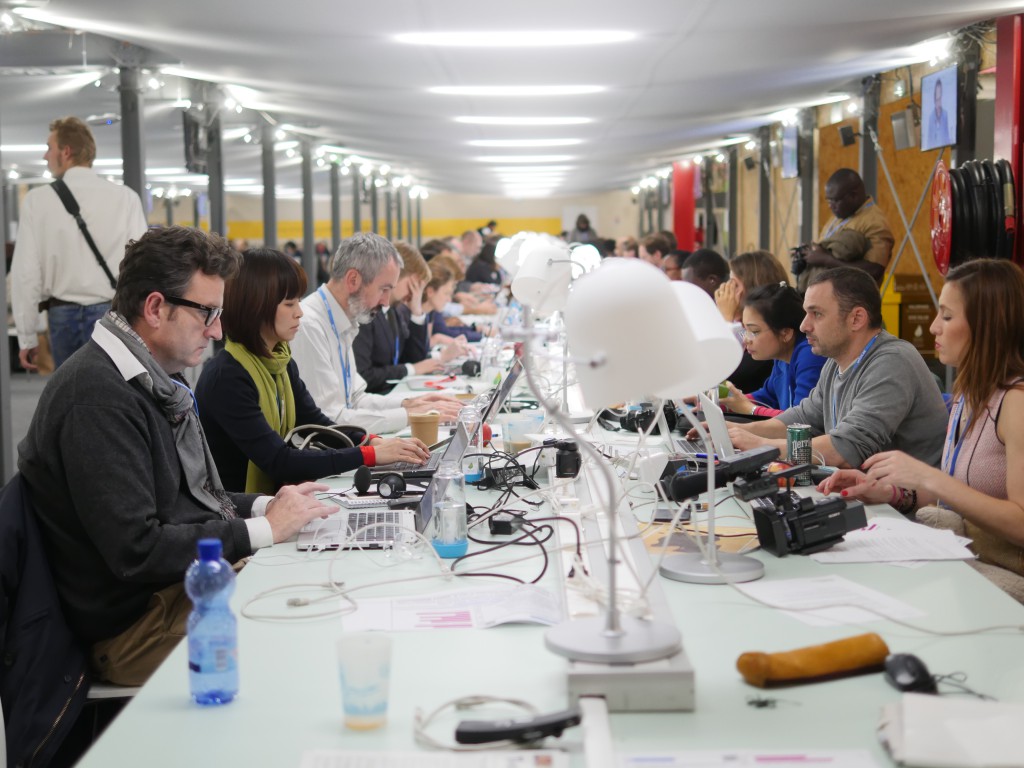
It has become accepted wisdom here that Paris 2015 is not Copenhagen 2009. This time, the US and China are on board; the price of renewables has dropped by more than half; the vast majority of countries have already pledged emission cuts and Paris is seen as a “staging post”, rather than a final destination.
But in one way at least, Paris 2015 is a re-run of 2009 Copenhagen. There are a staggering 3,700 ‘media representatives’ accredited in attendance, which is just short of the 4,000 (from 119 countries) present at Copenhagen.

This makes these summits some of the most reported political events to take place globally. Some say that only the World Cup and Olympics attract more journalists.
The sheer volume of content which is produced on an array of platforms offers rich pickings for media scholars.
But the revolution – even since Copenhagen – in the way journalists (paid or otherwise) produce news, the content of that news, and how that news is consumed throws up significant research challenges.
Here are five issues I have been pondering while also following media reporting of the summit. Some of them have already been discussed in previous posts, and there are of course many more, nonetheless:

- Changes in consumption: this year’s Digital News Report from the Reuters Institute, based on interviews with 23,000 online users in 12 countries, clearly maps the rapid change in how people, and particularly those under 35, consume news. The smartphone has risen rapidly in most countries as the defining device for digital news with a disruptive impact on consumption, formats, and business models.
Then you have to throw in the rapid rise of video content, the role of social media like Twitter and Facebook in finding, discussing and sharing news, and the decline of print, and we have a very different media world from that of Copenhagen just six years ago. Print is now the main source of news for only between 6% and 12% of those surveyed, depending on the age group. For how long should we bother with print?
- The arrival of new(-ish) players: the Digital News Report also charts the rapid rise of ‘digital natives’, based on social and mobile distribution. In the English-speaking world at least, Huffington Post, BuzzFeed and Vice are now significant competitors to legacy media brands, particularly for younger age groups. And they are investing heavily in other languages and their news gathering capacity.
All three cover the environment and climate change extensively, but in different ways. HuffPo relies extensively on blogposts, Vice on ‘personal narration’ video, and BuzzFeed on a mix of listicles, quizzes, photo galleries and irreverent content.
One challenge for researchers is how to analyse their content, when all of it is sent out via social media and is difficult to pin down via traditional search engines. Another is to assess whether these new sites verge into campaigning or advocacy journalism.
- The increase in niche sites: Another major development since Copenhagen is the proliferation of niche sites on the climate or green issues, which have a profound influence over legacy media as a source and agenda-setter.
The list is extensive, but in the UK there is Carbon Brief, Business Green, Climate Home, the Energy and Climate Change Intelligence Unit (ECIU), some of them lead by former mainstream journalists. There are several in the USA, and many other countries have their equivalents.
For the journalist, campaigner, and climate change aficionado, these are invaluable sources of information. The decline of specialist journalism in some countries’ legacy media may in some sense have been compensated by the boom in such sites.
- New narratives: Have the dominant narratives or frames around climate changed, and if so how? A very impressionistic take on coverage from Paris suggests that there are significantly more stories about renewables, new technologies, and business opportunities.
Such stories are one indication of how media narratives about climate change may be becoming more about hope and opportunity, and less about the more traditional doom and gloom.
In part, this may be due to a realization that the transition to a low-carbon economy is inevitable, even though the pace of it is uncertain.
But for some media organisations like the Guardian, more messages of hope form part of a deliberate editorial policy driven in part by readers’ wishes.
- Sceptics and polarization: An obsession of mine I know, but one trend I am interested in is whether we have seen a polarization in the media along political lines in their editorial approach to giving presence to sceptics. It is probably true in the UK, but it may be true of the USA and Australia too.
One interesting and frequent observation here is that in Paris the sceptics have become more marginal. That’s in sharp contrast to Copenhagen, when the ‘Climategate affair’ received considerable coverage, offering plenty of traction to sceptics particularly in the UK and USA.
These and other issues will be addressed in a new project the Reuters Institute is coordinating in six countries about the way new players like BuzzFeed, Vice and Huffington Post are covering environmental news. This includes climate change and the Paris summit – and how these relative newcomers differ from legacy players.
It should provide some insight into the ways the media landscape at Paris 2015 is indeed not that of Copenhagen 2009.